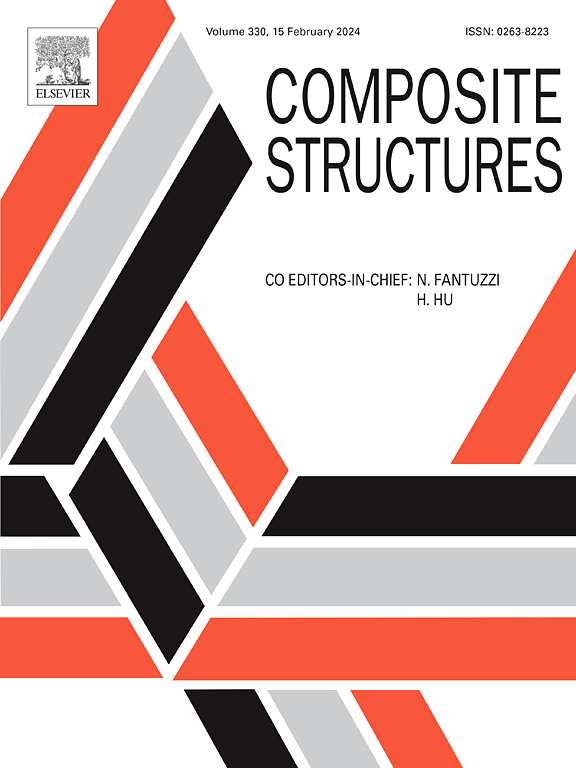纤维和颗粒复合材料有效弹性性能混合规律综述
IF 6.3
2区 材料科学
Q1 MATERIALS SCIENCE, COMPOSITES
引用次数: 0
摘要
基于细观力学的模型在预测颗粒线弹性复合材料和纤维线弹性复合材料的有效弹性性能方面发挥着重要作用。本文回顾了最简单最广泛使用的一类微观力学模型,即所谓的混合规则,并旨在通过从材料力学和连续力学方法中提供简明的推导,澄清在其适用性方面的各种误解。本文批判性地回顾了这些分析模型可以在属性被低估时产生有效弹性属性和各种历史干预的良好预测的领域。此外,它还说明了一个广义的框架,能够证明他们的假设是弹性特性的下界和上界,尽管与更精细的理论相比,实际应用并不广泛。最后,结合实验数据,研究并强调了这些模型相对于经典稀色散假设的地位。本文章由计算机程序翻译,如有差异,请以英文原文为准。
Review of rules of mixture for effective elastic properties in fibrous and particulate composite materials
Micromechanics based models have been playing an important role in predicting the effective elastic properties of particulate and fibrous linearly elastic composite materials. This paper reviews the simplest most widely-used class of micromechanics models, the so-called rules of mixture, and aims to clarify various misconceptions in their applicability by providing concise derivations from both the mechanics-of-materials and continuum-mechanics approaches. The paper critically reviews the areas in which these analytical models can yield good predictions of effective elastic properties and various historical interventions when properties are underestimated. Besides, it illustrates a generalized framework able to justify their assumptions as lower and upper bounds for elastic properties, though of modest practical application when compared to more refined theories. Eventually, the position of these models with respect to classic assumptions of dilute dispersion is investigated and emphasized with reference to experimental data.
求助全文
通过发布文献求助,成功后即可免费获取论文全文。
去求助
来源期刊

Composite Structures
工程技术-材料科学:复合
CiteScore
12.00
自引率
12.70%
发文量
1246
审稿时长
78 days
期刊介绍:
The past few decades have seen outstanding advances in the use of composite materials in structural applications. There can be little doubt that, within engineering circles, composites have revolutionised traditional design concepts and made possible an unparalleled range of new and exciting possibilities as viable materials for construction. Composite Structures, an International Journal, disseminates knowledge between users, manufacturers, designers and researchers involved in structures or structural components manufactured using composite materials.
The journal publishes papers which contribute to knowledge in the use of composite materials in engineering structures. Papers deal with design, research and development studies, experimental investigations, theoretical analysis and fabrication techniques relevant to the application of composites in load-bearing components for assemblies, ranging from individual components such as plates and shells to complete composite structures.
 求助内容:
求助内容: 应助结果提醒方式:
应助结果提醒方式:


